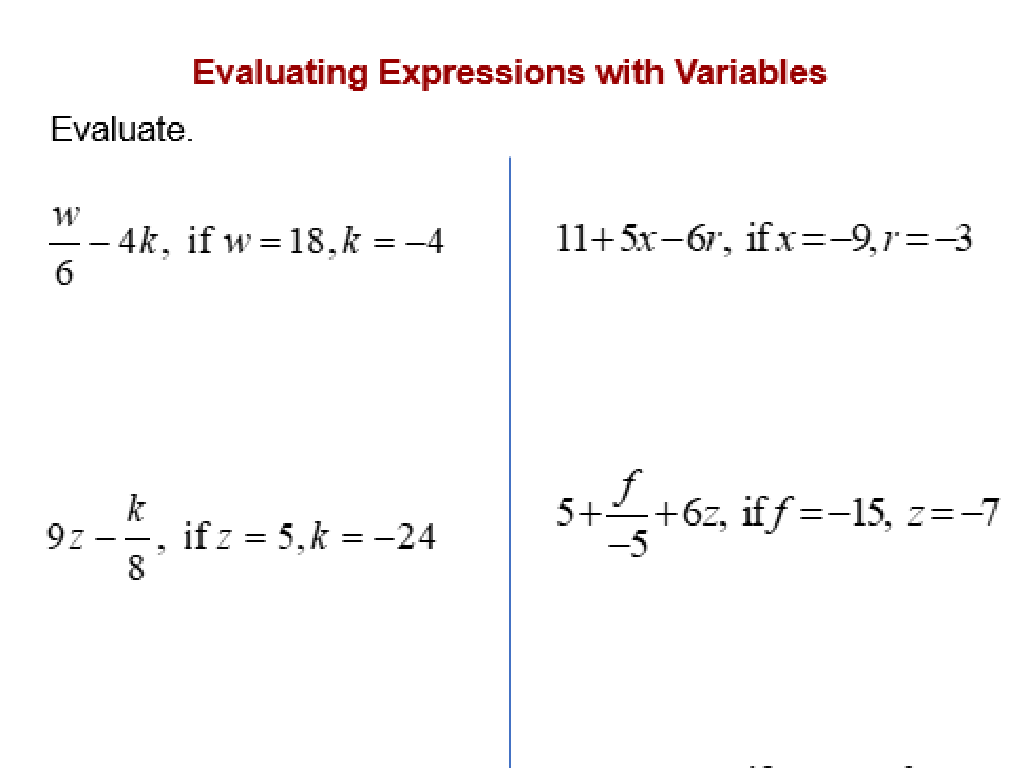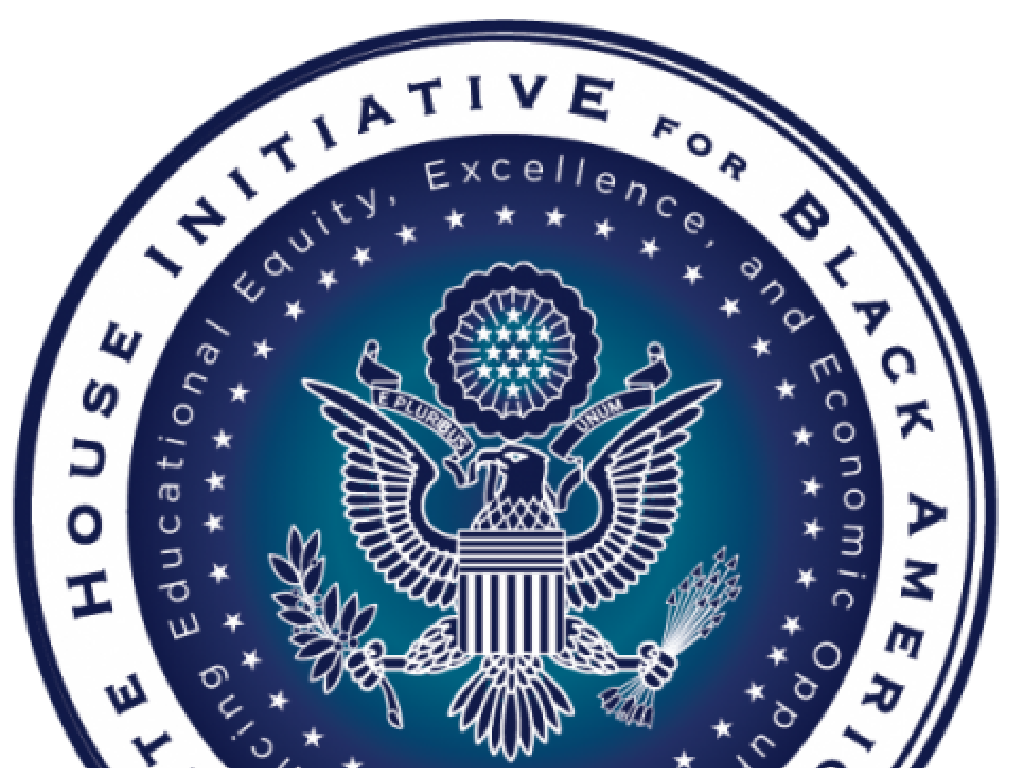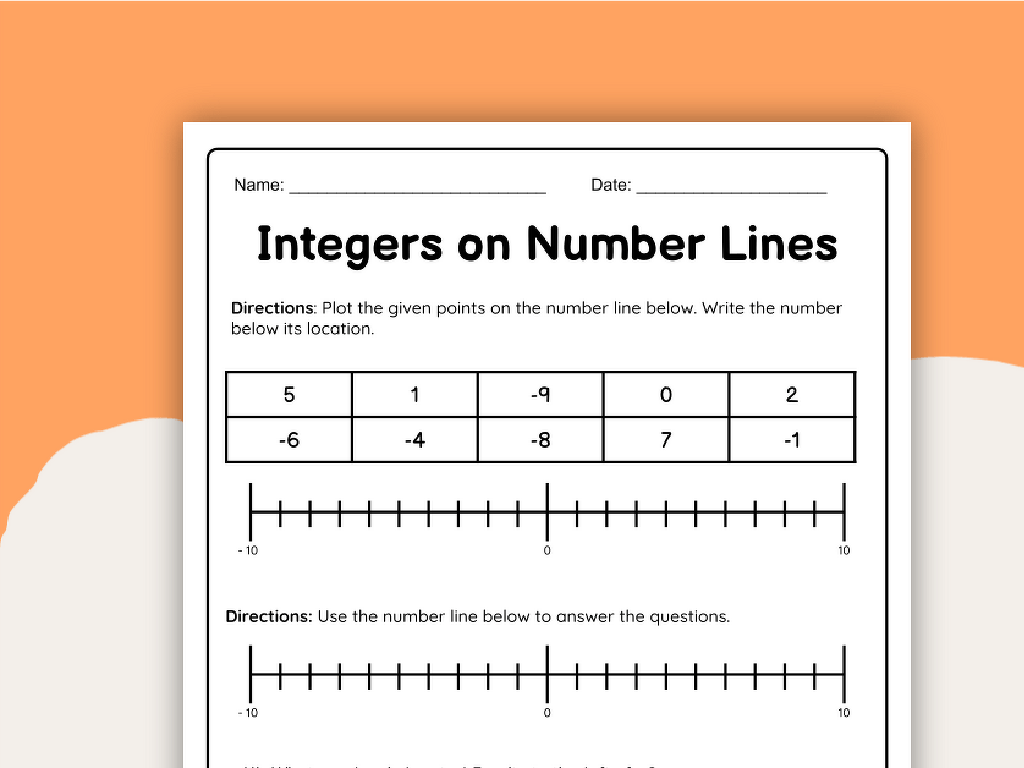The Constitution: Structure And Principles
Subject: Social studies
Grade: Seventh grade
Topic: The Constitution
Please LOG IN to download the presentation. Access is available to registered users only.
View More Content
The Constitution: America’s Foundation
– The Constitution’s role in daily life
– It shapes laws and rights, affecting many aspects of life.
– Overview of the Constitution
– The supreme law of the United States, outlining government structure.
– Key principles of the Constitution
– Includes democracy, rule of law, and separation of powers.
– The Constitution’s impact on society
– It ensures freedom and equality, influencing education, work, and more.
|
This slide introduces the Constitution as a living document that continues to influence our daily lives. It’s important to convey to students that the Constitution is not just a piece of history, but a set of rules and principles that govern our country and protect our rights. Highlight the Constitution’s role in establishing the government’s structure, the separation of powers, and the rule of law. Discuss how these principles contribute to a stable and fair society. Encourage students to think about how the Constitution affects their lives in areas such as education, freedom of speech, and equality under the law.
Understanding the U.S. Constitution
– Define the U.S. Constitution
– The Constitution is the foundational legal document outlining the system of government.
– Constitution’s role in government
– It guides the organization, powers, and limits of the federal government.
– Why it’s the ‘Supreme Law’
– It takes precedence over all other laws and governs the country.
– Impact on laws and governance
– It shapes our political system and affects everyday life.
|
This slide introduces students to the U.S. Constitution, explaining its definition, role, and authority as the ‘Supreme Law of the Land.’ Begin by defining the Constitution as the set of fundamental principles and established precedents according to which the United States is governed. Discuss how it outlines the structure of the federal government, including the separation of powers and checks and balances. Emphasize that the Constitution is the highest form of law in the country, taking precedence over state laws and influencing all aspects of governance and law. Encourage students to consider how the Constitution impacts their lives and the importance of its principles in maintaining democracy and the rule of law.
The Structure of the Constitution
– The Preamble: Our Constitution’s Introduction
– The Preamble sets the stage for the Constitution, stating its purposes like ‘We the People…’
– The Seven Articles: Government’s Blueprint
– Articles I-VII outline the branches of government and federal powers.
– The Amendments: Constitution’s Evolution
– Amendments are changes or additions, like the Bill of Rights, which includes the first ten amendments.
– Understanding the Constitution’s Components
|
This slide provides an overview of the Constitution’s structure. The Preamble introduces the Constitution, explaining the goals of the document and the establishment of the government. The Seven Articles lay out the framework of the government, detailing the roles of the legislative, executive, and judicial branches, as well as the states’ powers and the process of amending the Constitution. The Amendments, including the Bill of Rights, showcase how the Constitution can adapt over time to reflect the nation’s evolving values and norms. Encourage students to think of the Constitution as a living document that grows with the country. Discuss how each part of the Constitution plays a role in governing the United States and protecting its citizens’ rights.
Exploring the Preamble of the Constitution
– Goals outlined in the Preamble
– It introduces the Constitution’s purposes like justice, welfare, and liberty.
– Significance of ‘We the People’
– Emphasizes democracy and the idea that power comes from the citizens.
– Preamble’s role for the Constitution
– It’s a thesis statement, guiding the document’s intentions and values.
|
The Preamble serves as an introduction to the Constitution, outlining the foundational goals and principles that guide the rest of the document. It’s essential for students to recognize the Preamble’s role in setting the stage for what follows. ‘We the People’ is a powerful phrase that establishes the idea of a government by the people, for the people, and emphasizes the importance of unity and democracy. Discuss how these words reflect the Constitution’s intention to serve the citizens and how they continue to impact the interpretation of the law today. Encourage students to think about how these principles apply to their lives and the importance of active citizenship.
The Framework of the U.S. Constitution
– Article I: Legislative Branch
– Establishes Congress and its powers
– Article II: Executive Branch
– Defines the President’s roles and responsibilities
– Article III: Judicial Branch
– Creates the Supreme Court and other federal courts
– Articles IV-VII: States and Governance
– Outlines states’ rights, amendment process, federal powers, and ratification
|
This slide introduces the structure of the U.S. Constitution by breaking down its seven articles. Article I establishes the bicameral legislative branch, known as Congress, and outlines its powers and functions. Article II describes the role of the President and the executive branch’s responsibilities. Article III sets up the judicial branch, including the Supreme Court and other federal courts. Articles IV through VII cover various aspects such as the states’ powers, the process for amending the Constitution, the federal government’s powers, and the ratification process. Encourage students to understand how these articles lay the foundation for the functioning of the United States government. Discuss how each branch balances and checks the others to ensure no single branch becomes too powerful.
The Constitution: Amendments and Society
– The Bill of Rights overview
– First 10 amendments, securing fundamental liberties
– Key Amendments’ societal impact
– Amendments like the 13th (abolition of slavery) and 19th (women’s suffrage) have reshaped society
– Understanding amendment processes
– Proposing changes requires 2/3 vote in Congress or a convention called by 2/3 of state legislatures
– Significance of constitutional changes
|
This slide aims to educate students on the importance of the Bill of Rights and subsequent amendments to the U.S. Constitution. Begin by discussing the Bill of Rights, which comprises the first ten amendments that protect citizens’ fundamental freedoms, such as freedom of speech and religion. Move on to highlight key amendments that have had a profound impact on American society, including the abolition of slavery and the right to vote regardless of gender. Explain the rigorous process required to amend the Constitution, emphasizing the difficulty of making changes and the importance of each amendment. The discussion should also touch on how these amendments reflect the evolving values of society and contribute to the living nature of the Constitution.
Principles of the Constitution
– Popular Sovereignty explained
– The people hold the ultimate power in government.
– Limited Government and its role
– Government has only the powers that the Constitution gives it.
– Understanding Separation of Powers
– Government is divided into branches, each with its own duties.
– Checks and Balances system
– Branches can review and restrain each other’s powers.
|
This slide introduces the foundational principles that guide the functioning of the United States government as outlined in the Constitution. Popular Sovereignty emphasizes that the authority of the government is created and sustained by the consent of its people, through their elected representatives. Limited Government ensures that governmental powers are confined within the limits of the Constitution, to prevent abuse. Separation of Powers divides the government into three branches: legislative, executive, and judicial, each with distinct responsibilities to prevent the concentration of power. Checks and Balances is a system that allows each branch to amend or veto acts of another branch to prevent any one branch from exerting too much power. These principles work together to uphold democratic values and ensure a balanced government. Encourage students to think of examples of how these principles operate in current events or historical contexts.
Case Study: The Constitution in Action
– Real-life principle application
– Example: Separation of powers in Brown v. Board of Education
– Case study analysis
– How did the principle influence the case’s decision?
– Principle’s impact on outcome
– The principle ensured a fair trial, leading to desegregation
– Understanding constitutional principles
|
This slide aims to help students grasp the practical application of the Constitution’s principles through a real-life case study. For instance, the principle of separation of powers played a crucial role in the landmark case Brown v. Board of Education. This principle ensures that no single branch of government holds too much power, which helped in providing an unbiased judgment. The case’s outcome, which ended racial segregation in schools, demonstrates the significant impact of constitutional principles on society and legal precedents. Encourage students to think critically about how these principles continue to shape our legal system and society.
Class Activity: Create Your Amendment
– Form groups to draft an amendment
– Reflect Constitution’s principles
– Consider liberty, democracy, and justice
– Prepare to present your amendment
– Engage in peer review
– Give and receive constructive feedback
|
This activity is designed to deepen students’ understanding of the U.S. Constitution by having them actively engage in the amendment process. Divide the class into small groups and provide them with a worksheet that outlines the steps to draft an amendment. Encourage them to think about the Constitution’s core principles such as liberty, democracy, and justice, and how their amendment supports these ideals. After drafting, each group will present their proposed amendment to the class, followed by a peer review session where they can offer and receive constructive feedback. This exercise will help students to critically analyze the components of the Constitution and the amendment process, as well as develop their public speaking and collaboration skills. Possible activities for different groups could include amendments related to current events, technology, the environment, or social issues.
Reflecting on the Constitution
– Recap Constitution’s framework
– Constitution’s role in rights protection
– It safeguards freedoms like speech, religion, and assembly
– Open floor for questions
– Share final thoughts on the Constitution
– Encourage students to think about the Constitution’s impact today
|
This slide aims to summarize the key points covered about the Constitution’s structure and principles. Emphasize the Constitution’s role in protecting the rights of citizens, such as freedom of speech, religion, and the right to assemble. Allow students to ask any lingering questions they might have, fostering an open dialogue about the Constitution. Finally, encourage students to reflect on the relevance and impact of the Constitution in their lives today, promoting critical thinking about the importance of this living document in American democracy.






